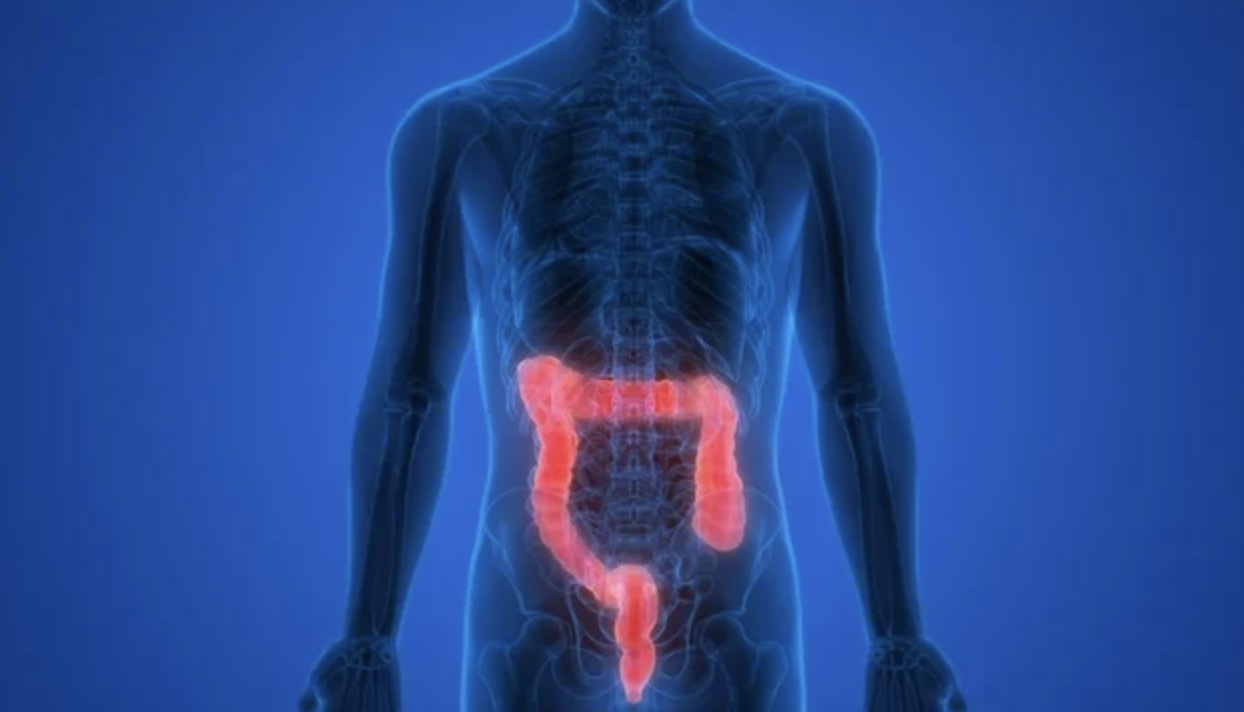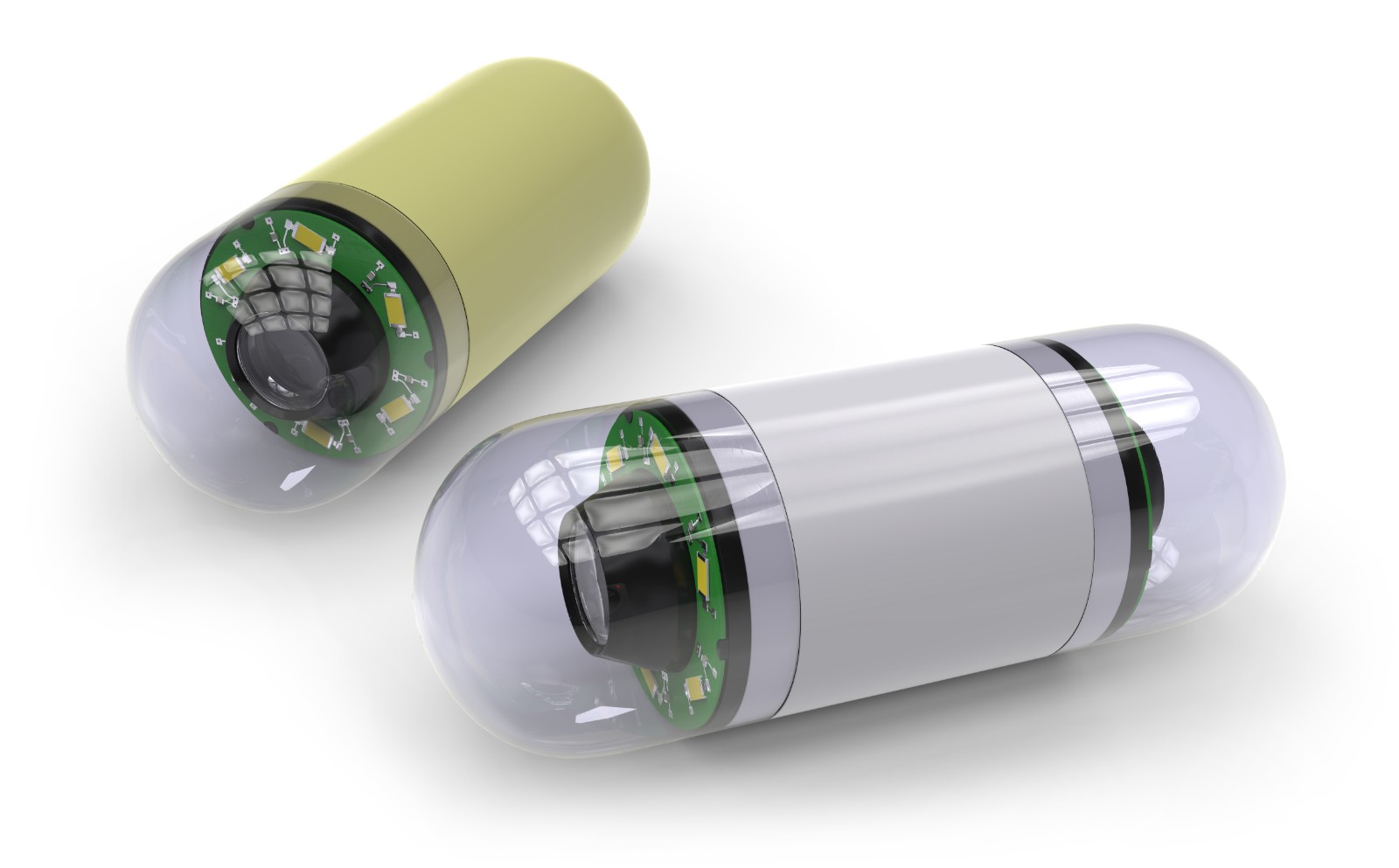Capsule Endoscopy: A Non-Invasive Way to Check Your Digestive Tract


The intestines are like a long tube, and a colonoscopy is needed to check if there are any polyps or tumours inside. A thin, flexible tube with a camera will be inserted through the patient's anus to let doctors observe and thoroughly assess the colon in real time and perform treatment if necessary. However, the idea of an invasive colonoscopy can be intimidating to many.

Capsule endoscopy largely reduces the discomfort
If you are really averse to invasive procedures, capsule endoscopy is a great alternative. It’s a new and innovative technology that performs an examination of the oesophagus and intestines in a painless and non-invasive way. It's more comfortable than traditional colonoscopies and doesn't require anaesthesia.

A capsule endoscopy camera is about the size of a pill, so you can simply swallow it. The wireless camera sits at one end of the capsule to take pictures of your organs. It will travel along your intestines and take two photos per second, and then will be naturally excreted from the body after 8 hours.
Some capsule endoscopes are magnetically controlled. Doctors will use an external magnetic controller to guide the capsule, which can largely speed up the examination time. Capsule endoscopy can be used to screen and diagnose diseases in the oesophagus, small intestine, and colon. If anything suspicious is found or if treatment or biopsy is necessary, doctors may further perform a traditional endoscopy.
While capsule endoscopy may be more comfortable, it’s important to note that you still need to empty your bowels before the test just like with traditional colonoscopy, and capsule endoscopy cannot perform biopsies. So, if you're considering an examination of your intestines, it's better to consult your doctor’s advice on which option suits you the most and can achieve the best results.
Related Brands



